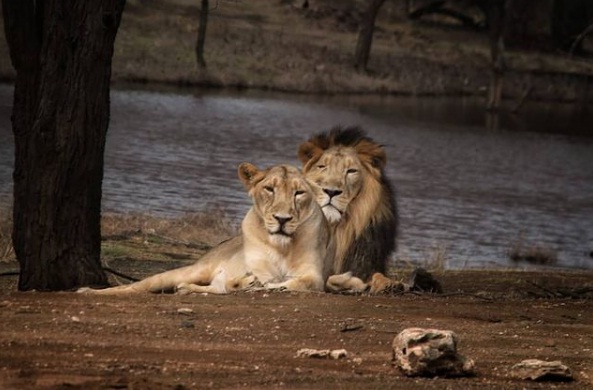New Delhi
 |
| New Delhi |
New Delhi, the capital city of India, is a bustling metropolis that serves as the seat of the country's government. Here is some detailed information about New Delhi:
Geography and Location :-
New Delhi is located in the northern part of India, within the larger metropolis of Delhi. It is situated on the western bank of the Yamuna River.
The city covers an area of approximately 1,484 square kilometers and is part of the National Capital Territory of Delhi, which includes New Delhi and several other districts.
History :-
New Delhi was officially established as the capital of British India in 1911, replacing Calcutta (now Kolkata) as the seat of the British administration. The city was designed by British architects Sir Edwin Lutyens and Sir Herbert Baker, who created an architectural plan that blended elements of Western and Indian styles. The foundation stone of New Delhi was laid in 1911 and the city was inaugurated as the new capital in 1931.
 |
| New Delhi |
Government and Administration :-
New Delhi serves as the political center of India. It houses the executive, legislative, and judicial branches of the Indian government. The Parliament House, located in the Sansad Bhavan complex, is where the Indian Parliament meets. Rashtrapati Bhavan, the official residence of the President of India, and the Prime Minister's Office are also located in New Delhi.
Landmarks and Monuments :-
New Delhi is known for its numerous historical landmarks, monuments, and cultural sites.India Gate, a war memorial dedicated to Indian soldiers who lost their lives in World War I, is a prominent landmark in the heart of the city .Rashtrapati Bhavan, with its grand architecture and Mughal-inspired gardens, is one of the most iconic buildings in New Delhi. Other notable landmarks include the Qutub Minar, Humayun's Tomb, Jama Masjid (one of the largest mosques in India), Lotus Temple, and Akshardham Temple.
Culture and Tourism :-
New Delhi is a vibrant cultural hub, showcasing India's diverse heritage and traditions. The city is home to numerous museums, art galleries, and cultural centers, including the National Museum, National Gallery of Modern Art, and Crafts Museum. It hosts various cultural festivals, such as the International Film Festival of India, Delhi International Arts Festival, and India Art Fair. The cuisine of New Delhi reflects the culinary diversity of India, with a wide range of regional and international food options available.
Connectivity :-
Indira Gandhi International Airport (DEL) serves as the main gateway to New Delhi, connecting the city to domestic and international destinations. The city has a well-developed transportation system, including the Delhi Metro, buses, auto-rickshaws, and taxis, providing convenient options for getting around. New Delhi, with its historical significance, political importance, cultural vibrancy, and architectural marvels, attracts visitors from around the world. It offers a unique blend of tradition and modernity, making it a captivating destination to explore India's rich heritage and experience its dynamic atmosphere.
New Delhi so famous :-
Britannica New Delhi is best known as the location of India's national government. New Delhi has great historical significance as it was home to powerful people, such as the Pāṇḍavas and the Mughals. The city has many historical monuments and tourist attractions as well as lively marketplaces and great food, such as chaat.
New Delhi is the capital of India :-
One third of the city was razed to rubble in 1858 and the East India Company transferred the rule to the British Crown. On 12th December, 1911, at the historic Delhi Durbar, the George V, the Emperor of the British Empire proclaimed the shifting of the capital of India from Calcutta to Delhi.


0 Comments